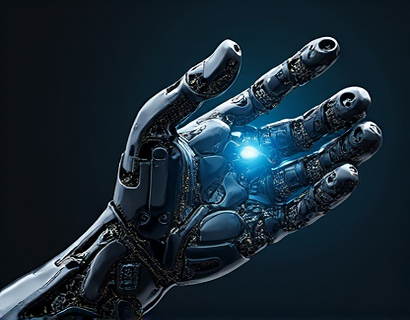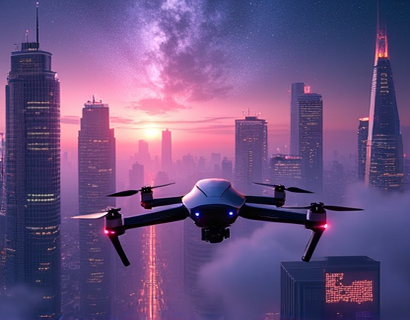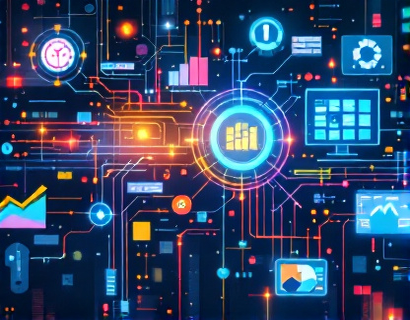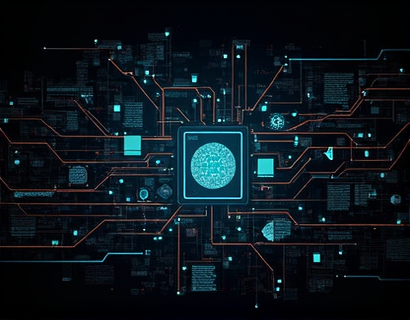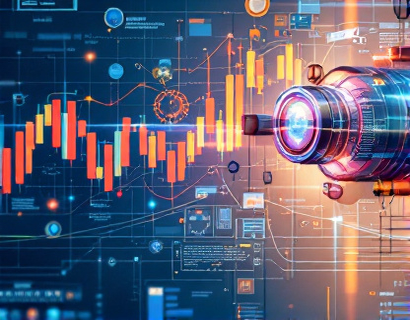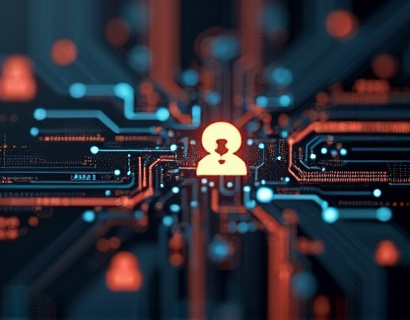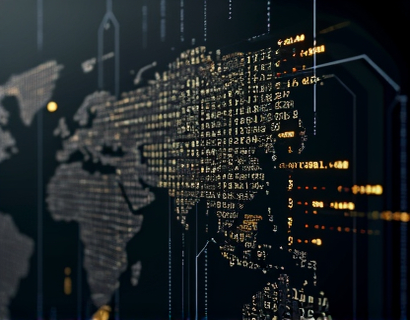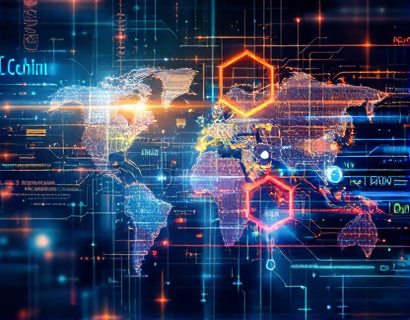Unlocking the Future of Digital Engagement: AI and Crypto Synergy for Enhanced User Experiences
The intersection of artificial intelligence and cryptocurrency is redefining the landscape of digital interactions, offering unprecedented opportunities for enhanced user experiences and innovative online solutions. This synergy is not just a technological curiosity but a transformative force that is reshaping how we engage with digital platforms and services. As we delve into this topic, we will explore the profound impact of AI and crypto on digital engagement, the technical foundations that enable this integration, and the future possibilities that lie ahead.
The Convergence of AI and Crypto
The convergence of AI and crypto is a natural evolution, driven by the inherent strengths of both technologies. AI, with its ability to process vast amounts of data, learn from patterns, and make intelligent decisions, complements crypto's decentralized and secure nature. This combination creates a powerful toolkit for developing advanced digital solutions that are both secure and highly interactive.
One of the key areas where AI and crypto intersect is in the realm of smart contracts. Smart contracts, self-executing contracts with the terms directly written into code, can be enhanced with AI to automate complex decision-making processes. For instance, AI can analyze market conditions, predict trends, and execute trades or contract actions with a level of precision and speed that traditional systems cannot match.
Enhancing Security Through AI and Crypto
Security is a paramount concern in the digital world, and the integration of AI and crypto offers robust solutions. AI algorithms can detect and respond to anomalies in real-time, enhancing the security of crypto transactions and data storage. Machine learning models trained on vast datasets can identify patterns indicative of fraudulent activities, thereby providing an additional layer of protection.
Moreover, AI can improve the user authentication process in crypto platforms. Biometric data, such as facial recognition and voice patterns, can be integrated with blockchain technology to create secure and seamless login mechanisms. This not only enhances security but also improves the user experience by eliminating the need for complex passwords and multiple authentication steps.
Personalized User Experiences
AI-driven personalization is a game-changer in the digital space, and when combined with crypto, it can create highly tailored user experiences. By analyzing user behavior, preferences, and interactions, AI can curate content and services that are relevant and engaging. In the context of crypto, this means personalized investment advice, customized portfolio management, and targeted marketing campaigns that resonate with individual users.
For example, a crypto-based financial platform can use AI to analyze a user's transaction history, risk tolerance, and market preferences to provide customized investment recommendations. This level of personalization not only enhances user satisfaction but also increases the likelihood of user retention and engagement.
Decentralized AI Markets
One of the most exciting frontiers in the AI and crypto convergence is the development of decentralized AI markets. These platforms leverage blockchain technology to create marketplaces where AI models and data can be bought, sold, and traded in a transparent and secure manner. AI models can be tokenized, allowing developers and businesses to access high-quality AI capabilities without the need for extensive infrastructure.
Decentralized AI markets also promote innovation by enabling a community-driven approach to AI development. Users can contribute to the creation and improvement of AI models, fostering a collaborative ecosystem that accelerates technological advancements. This democratization of AI resources can level the playing field, giving smaller entities and individual developers the tools they need to compete with larger corporations.
Enhancing Connectivity and Interoperability
The integration of AI and crypto is not only about enhancing individual applications but also about creating a more connected and interoperable digital ecosystem. Blockchain technology, with its decentralized and transparent nature, provides a robust foundation for building interconnected systems. AI can further enhance this connectivity by enabling seamless communication and data exchange between different platforms and services.
For instance, AI-powered middleware can facilitate the integration of various crypto assets and decentralized applications (dApps), ensuring smooth interactions and data sharing. This interoperability is crucial for the growth of the crypto ecosystem, as it allows for the creation of complex, multi-functional platforms that offer a wide range of services to users.
Case Studies and Real-World Applications
Several projects and platforms are already leveraging the synergy between AI and crypto to deliver innovative solutions. One notable example is a decentralized lending platform that uses AI to assess creditworthiness and automate loan approvals. By analyzing a user's financial history, credit score, and other relevant data, the AI system can make instant and accurate lending decisions, streamlining the borrowing process and reducing human bias.
Another example is a supply chain management system that utilizes AI to track and verify the authenticity of products using blockchain. AI algorithms can analyze data from various points in the supply chain, ensuring transparency and traceability. This not only enhances trust among stakeholders but also helps in identifying and mitigating risks.
Challenges and Considerations
While the potential of AI and crypto integration is vast, there are several challenges and considerations that need to be addressed. One of the primary concerns is regulatory compliance. The crypto space is still navigating a complex web of regulations, and the introduction of AI adds another layer of complexity. Ensuring that AI-driven crypto solutions comply with existing laws and regulations is crucial for their adoption and success.
Another challenge is the technical hurdle of integrating AI with blockchain technology. Blockchain's inherent limitations, such as scalability and transaction speed, can pose challenges for AI applications that require high computational power and fast processing times. Innovations in blockchain technology, such as layer 2 solutions and more efficient consensus mechanisms, are essential to overcome these limitations.
The Future of AI and Crypto Integration
Looking ahead, the integration of AI and crypto is poised to revolutionize various industries and aspects of digital life. As AI continues to advance and blockchain technology matures, we can expect to see more sophisticated and seamless integrations. Here are some potential future developments:
- Autonomous Financial Systems: AI-driven, decentralized financial systems that can operate with minimal human intervention, providing 24/7 access to financial services and automated investment management.
- Enhanced Identity Verification: AI-powered identity verification solutions that leverage blockchain for secure and privacy-preserving identity management, reducing the risk of identity theft and fraud.
- Smart City Solutions: AI and crypto combined to create intelligent, efficient, and sustainable urban environments, where data from various sources is securely shared and analyzed to optimize city operations.
- Personalized Healthcare: AI-driven healthcare platforms that use blockchain to securely store and share medical data, enabling personalized treatment plans and remote monitoring.
These advancements will not only transform the way we interact with digital platforms but also have a profound impact on society as a whole, from economic systems to healthcare and beyond.
In conclusion, the synergy between AI and crypto is a powerful force that is reshaping the digital landscape. By enhancing security, personalizing user experiences, and creating interconnected and interoperable systems, this integration offers a wealth of opportunities for innovation and growth. As we continue to explore and develop these technologies, the future of digital engagement looks brighter and more promising than ever.




